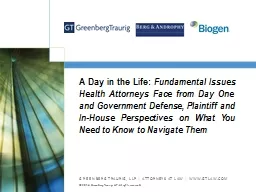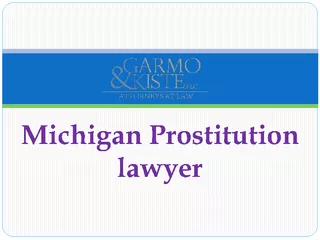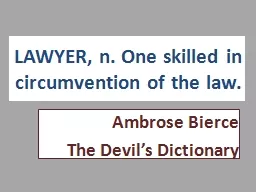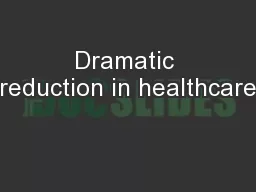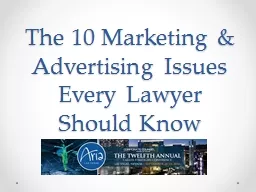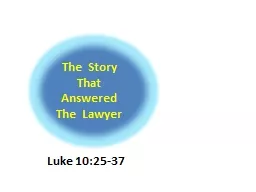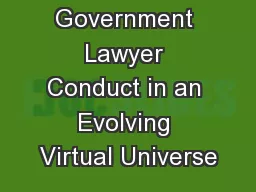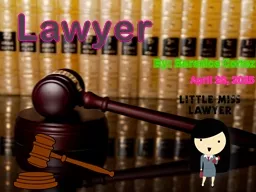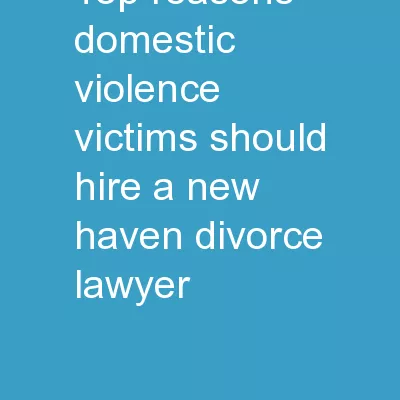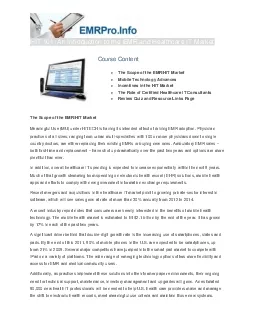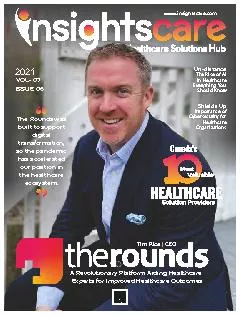PPT-Hit the Ground Running: How to be a Healthcare Lawyer
Author : conchita-marotz | Published Date : 2017-09-24
Todays speakers Sean McKenna Shareholder Greenberg Traurig LLP Dallas Texas Sarah Frazier Partner Berg amp Androphy Houston Texas Jessica ParkerBattle Compliance
Presentation Embed Code
Download Presentation
Download Presentation The PPT/PDF document "Hit the Ground Running: How to be a Heal..." is the property of its rightful owner. Permission is granted to download and print the materials on this website for personal, non-commercial use only, and to display it on your personal computer provided you do not modify the materials and that you retain all copyright notices contained in the materials. By downloading content from our website, you accept the terms of this agreement.
Hit the Ground Running: How to be a Healthcare Lawyer: Transcript
Download Rules Of Document
"Hit the Ground Running: How to be a Healthcare Lawyer"The content belongs to its owner. You may download and print it for personal use, without modification, and keep all copyright notices. By downloading, you agree to these terms.
Related Documents

